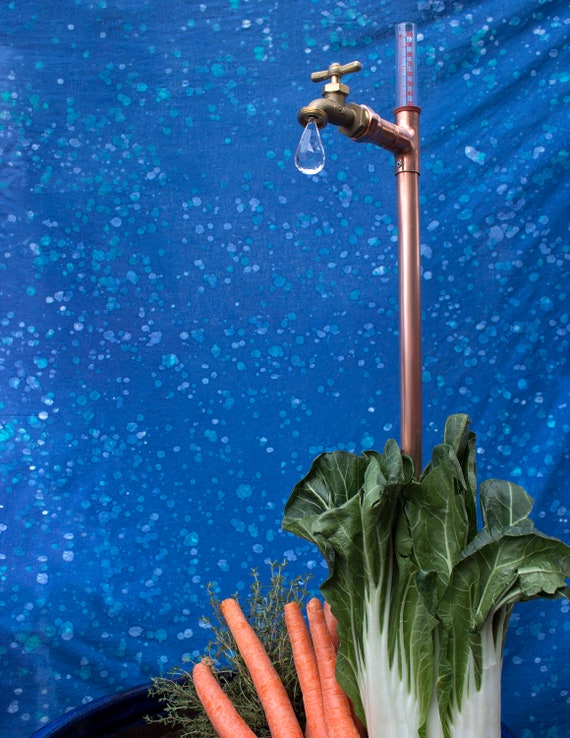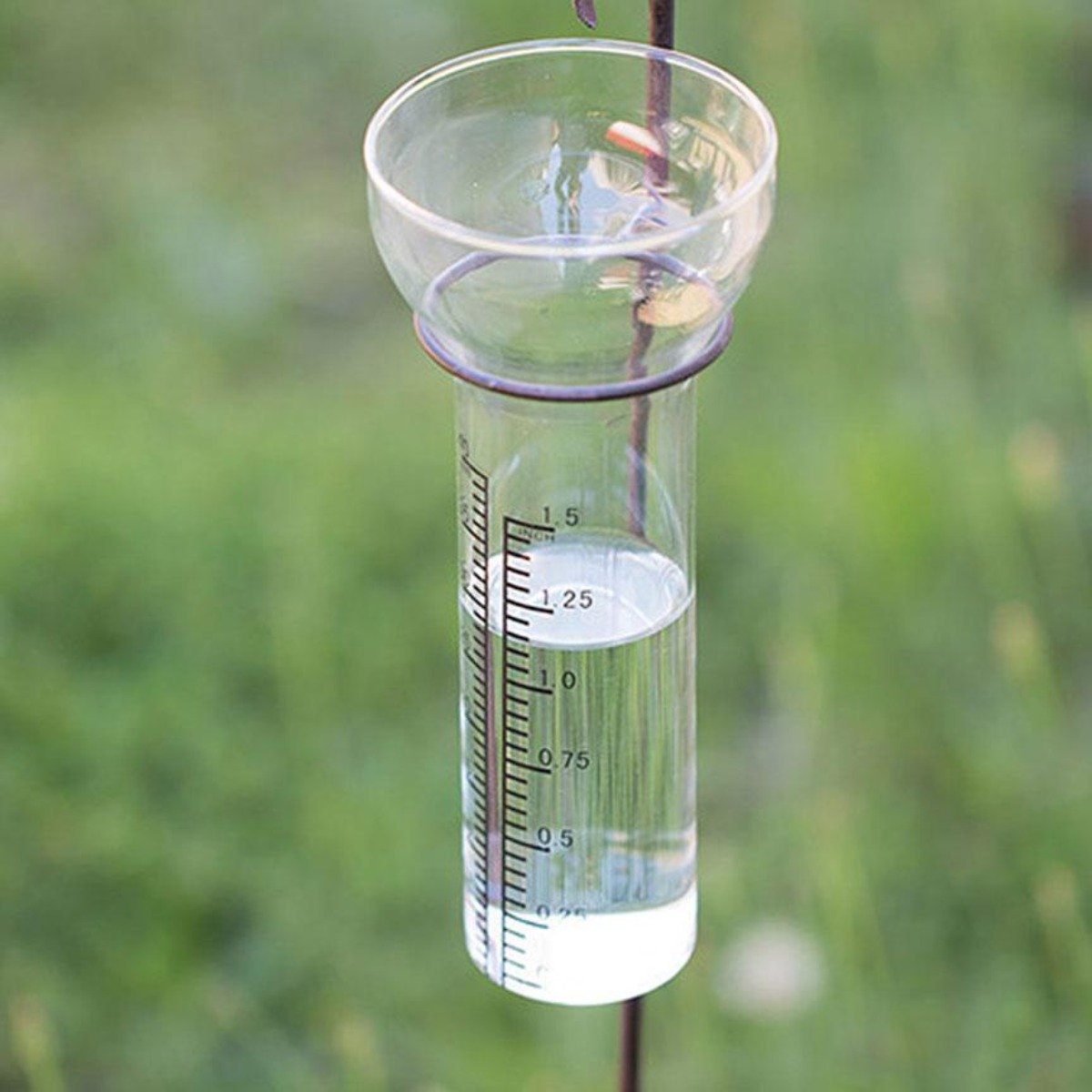The Rain Gauge: An Essential Device for Monitoring Precipitation Levels
Wiki Article
Exactly How to Pick the Right Rainfall Scale for Accurate Rain Information
Exact rains information is critical for numerous sectors and tasks, such as agriculture, water, and weather forecasting source monitoring. To acquire reputable dimensions, it is necessary to pick the right rain gauge. This guide intends to give important understandings into the choice procedure, permitting you to make enlightened choices. Thinking about factors such as place, type, and accuracy of the rainfall scale will aid make sure accurate information collection. Additionally, recognizing the maintenance and calibration treatments will add to the long life and integrity of your rainfall scale. By following these guidelines, you can make sure accurate rainfall information, allowing better decision-making and preparation for different applications.Value of Choosing the Right Rainfall Gauge
The importance of picking the appropriate rainfall gauge exists in obtaining exact and reputable rains data for precise atmospheric analysis. Rainfall information is important for a wide variety of applications, consisting of weather forecasting, hydrological modeling, and environment study. Incorrect or unstable information can bring about erroneous final thoughts and flawed decision-making procedures.
Second of all, the accuracy and accuracy of the rain scale are extremely important. The gauge should be able to gauge rains with high precision, catching even small quantities of rainfall properly.
In addition, the location and setup of the rainfall scale are crucial considerations. It should be placed in an open location, far from blockages that could impact rainfall dimensions. The gauge should be placed at a proper height and angle to stay clear of spilling and guarantee proper catchment of rain.
Aspects to Think About When Picking a Rainfall Gauge
When selecting a rainfall gauge, there are several key elements to consider. These elements can considerably affect the precision and dependability of the rainfall information collected. The very first factor to think about is the type of rainfall gauge. There are various types readily available, including standard rain determines, tipping bucket rainfall evaluates, and weighing rainfall evaluates. Each type has its very own advantages and negative aspects, so it is essential to pick one that best fits your details demands and demands.One more aspect to think about is the product of the rainfall gauge. Rain assesses can be made from different products, such as plastic, glass, or steel. The product picked need to be immune and resilient to weather, making sure that the rainfall gauge will stand up to the components and offer precise dimensions over time.
Accuracy is likewise an essential factor to consider. Look for rainfall assesses that have been calibrated and tested for precision. Functions such as anti-splash rings and funnels can also improve the precision of the measurements.

Last but not least, think about the climate and environment in which the rainfall scale will be made use of. Different rainfall assesses appropriate for various environments, so it is essential to pick one that is suitable for the problems in your location.
Different Sorts Of Rainfall Gauges Offered
To even more discover the variables to consider when choosing a rain gauge, it is essential to comprehend the different types of rain evaluates offered. The most typical kind is the common rainfall scale, likewise understood as the round rainfall gauge.Another kind of rain gauge is the tipping pail rain scale. As the rain drops into the scale, it loads up one side of the bucket, creating it to tip and empty the water.
A third sort of rainfall gauge is the evaluating rain scale. This official site gauge makes use of a balance system to gauge the weight of the gathered rainfall. As the rainfall falls right into the gauge, it is gathered in a container linked to an equilibrium. The weight of the water is measured, and the rains quantity is determined based on the weight. Considering rainfall assesses are extremely accurate but can be a lot more expensive and call for regular upkeep.
Finally, there are likewise remote rainfall gauges that use progressed technology to determine rains (The Rain Gauge). These gauges use sensing units and transmitters to send out data wirelessly to a central device. Remote rain evaluates are hassle-free for keeping track of rains in hard-to-reach locations or for large-scale data collection
Exactly How to Establish the Accuracy of a Rain Scale
One means to assess the accuracy of a rain scale is by conducting regular calibration measurements. Calibration includes contrasting the analyses of a rain gauge to a common dimension, such as a qualified rain scale or a weather condition terminal with high precision. By contrasting the measurements, any type of disparities or mistakes in the rain gauge can be determined and represented.To perform a calibration dimension, beginning by accumulating rains information from both the rainfall scale and the basic measurement device over a particular amount of time, such as a month. Contrast website here the analyses and compute the distinction in between them. This difference is understood as the calibration error.
It is essential to note that calibration measurements need to be done routinely, as environmental elements, such as temperature, wind, and debris, can influence the accuracy of the rainfall scale in time. By performing routine calibrations, any type of changes in the precision of the rain scale can be found and modifications can be made accordingly.
In enhancement to calibration, it is also advised to clean and keep the rainfall gauge consistently to guarantee its accuracy. Eliminate any particles or obstructions that may impact the accuracy of the dimensions, and inspect for any indicators of damage or wear that might require fixings or replacement.
Tips for Maintaining and Adjusting Your Rain Scale
Regular upkeep and calibration are important for guaranteeing the precision and dependability of your rain scale in determining rains data (The Rain Gauge). By adhering to a couple of read this post here simple ideas, you can ensure that your rain scale is properly maintained and calibratedTo start with, it is essential to clean your rain gauge on a regular basis to avoid any kind of debris or dirt from blocking the rainfall collection device. Utilize a light detergent and a soft brush to gently clean the inside and exterior of the gauge. Rinse it completely with tidy water and enable it to dry completely before reinstalling it.
Secondly, it is advised to adjust your rain scale a minimum of yearly. Calibration entails contrasting the measurements of your rainfall scale with those of a trusted and exact referral gauge. This will certainly assist you determine and fix any type of potential errors in your rainfall scale's measurements.
To adjust your rainfall gauge, accumulate a well-known volume of water utilizing a determining container and compare it with the measurements recorded by your rainfall gauge. Readjust the analyses as necessary to ensure accuracy.

Conclusion
In conclusion, selecting the appropriate rainfall gauge is essential for obtaining precise rainfall data. When choosing a rainfall gauge, variables such as area, budget plan, and objective ought to be taken into consideration. There are different kinds of rain assesses readily available, each with their own benefits and constraints. It is necessary to routinely keep and calibrate your rainfall scale to ensure its accuracy. By adhering to these guidelines, accurate rains information can be obtained for different applications.There are various types offered, including common rainfall determines, tipping bucket rainfall determines, and weighing rain determines.To better discover the aspects to take into consideration when picking a rainfall gauge, it is vital to comprehend the different types of rainfall gauges offered. The most typical type is the basic rainfall scale, additionally known as the cylindrical rainfall gauge.One more type of rain gauge is the tipping container rainfall scale. Calibration includes contrasting the analyses of a rainfall gauge to a conventional measurement, such as a qualified rain gauge or a weather condition terminal with high precision.
Report this wiki page